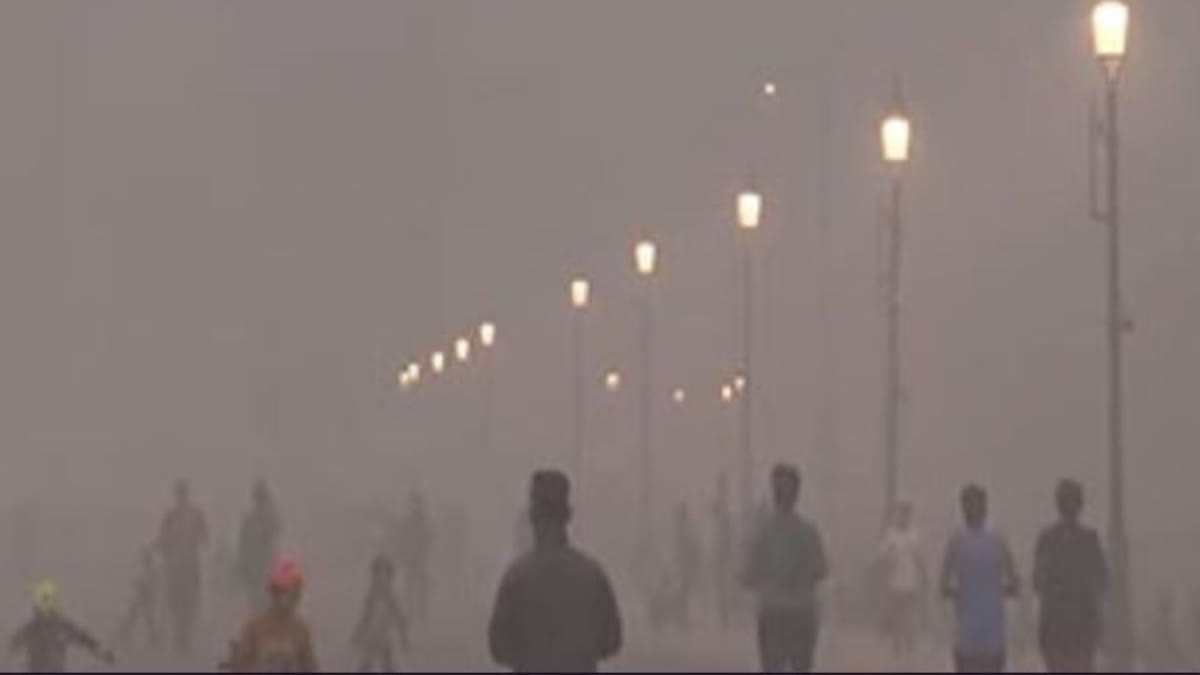New Delhi : There was a slight improvement in Delhi's pollution levels as the air quality index (AQI) is recorded at 394 today compared to 421 on Monday. Many towns and cities in the national capital's neighbouring Rajasthan, Uttar Pradesh and other States have also reported toxic air quality. Also, the concentration of PM2.5 fine particulate matter hurtful to the respiratory system exceeded the government-prescribed safe limits.
Several cities in neighbouring Haryana, Rajasthan, and Uttar Pradesh have also reported hazardous air quality. Ghaziabad recorded an AQI of 338, Gurugram 364, Noida 348, Greater Noida 439 and Faridabad 382. The Delhi government on Monday announced the return of its flagship odd-even scheme after four years, anticipating further deterioration of air quality post-Diwali. The odd-even scheme allows cars to operate on alternate days based on their odd or even number plates.
The Energy Policy Institute at the University of Chicago and Evidence for Policy Design had analysed the impact of the odd-even system in 2016 and found that Delhi saw a 14-16 per cent reduction in PM2.5 levels during the hours it remained in force in January that year. However, there was no reduction in pollution when the scheme was brought back in April that year.
To protect the health of schoolchildren, the government also decided to suspend in-person classes in all schools, except for students in grades X and XII preparing for board exams, until November 10. According to the Ministry of Earth Sciences' Air Quality Early Warning System for Delhi-NCR, the region is likely to experience severe air quality for another five to six days.
